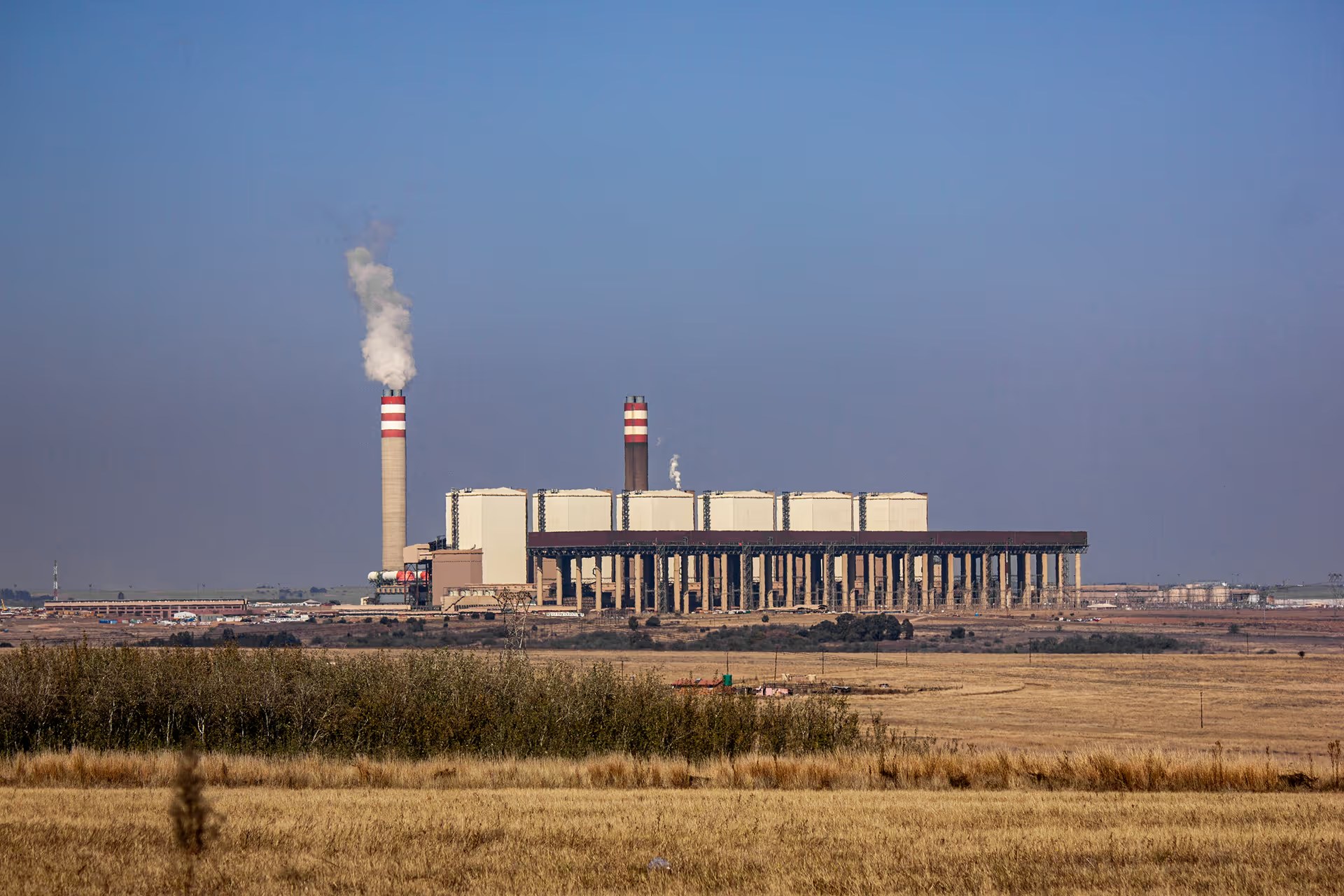

Eskom Reborn, Going Clean
By
Roland Ngam
There are a number of important debates going on right now about energy production in South Africa. The biggest one of course is the agenda on ending load shedding and the debilitating power outages that have grown in number over the past year. The National Transmission Company of South Africa, a wholly-owned subsidiary of Eskom tasked with the transmission of electricity in South Africa, is now registered and looking for funding to develop 14,000 KM of new power lines over the next decade. And then of course there is the just energy transition agenda to end South Africa’s reliance on dirty fossil fuels, notably coal. Why are these debates important and which pathways should South Africa follow?

There are a number of important debates going on right now about energy production in South Africa. The biggest one of course is the agenda on ending load shedding and the debilitating power outages that have grown in number over the past year. The National Transmission Company of South Africa, a wholly-owned subsidiary of Eskom tasked with the transmission of electricity in South Africa, is now registered and looking for funding to develop 14,000 KM of new power lines over the next decade. And then of course there is the just energy transition agenda to end South Africa’s reliance on dirty fossil fuels, notably coal. Why are these debates important and which pathways should South Africa follow?
South Africa’s power utility ESKOM is the biggest producer of energy on the African continent. ESKOM alone generates OVER 40% of all electricity that is used in Africa. Its total installed capacity is about fifty two thousand megawatts, that is about two times Morocco’s nameplate capacity, four times Nigeria’s total installed capacity, eighteen times the Democratic Republic of Congo’s installed capacity and about thirty times Zimbabwe’s total installed capacity. South Africa has more than 52000MW nameplate generation capacity of course, but some of this is owned by private businesses and households.
Now, there is an important problem with ESKOM’s energy fleet. The biggest share of South Africa’s energy comes from burning coal. ESKOM’s eighty-one coal units, which generate eighty percent of South Africa’s electricity, are responsible for up to twenty percent of all CO2 emissions on the African continent. To put this in perspective, ESKOM alone pollutes more than all SADC countries put together. South Africa emitted 435 million metric tons of carbon dioxide from fossil fuel combustion and industrial activities in 2021, with most of this coming from ESKOM’s coal fleet. Mpumalanga - the home of many ESKOM generation units - is a global pollution hotspot with extraordinarily high levels of methane.
Why is there such a heavy reliance on coal? Well, South Africa is the eight biggest producer of coal in the world. South Africa's coal reserves are estimated at fifty three billion tonnes and with the present consumption rate, there are at least 200 years of coal supply left in the country. The thinking has always been that if we have this massive asset, why not use it to power the economy? That is exactly what the government decided to do, starting from the early late eighteen hundreds.
From ESCOM to ESKOM; A Brief History
South Africa’s first large-scale power station, the Kimberley Diamond Mine power station, was built in 1883 and generated electricity using steam turbines. Then came the first major power station, the Victoria Falls Power Station, which began operating in 1905.
In 1923, the South African government established the Electricity Supply Commission (ESCOM) or Elektrisiteitsvoorsieningskorporasie (EVKOM in Afrikaans) with a view to ramping up South Africa’s power generation capacity. ESCOM generated the power, and the Victoria Falls Power Company distributed it. This relationship continued until 1948 when the Victoria Falls Company was absorbed by ESCOM. The power utility went on to buy other small utilities around the country in order to create on centralised network. The acronyms ESCOM and EVKOM were fused in 1987 to generate the name ESKOM.
Prior to 1994, ESKOM had a very narrow mandate. Its mission was really to provide electricity to large-scale commercial farms, mines, steel plants, the manufacturing sector and white households. Electricity was offered to the manufacturing sector at rock bottom prices in order to make South Africa a global mining and industrial powerhouse. At this stage, less than 40% of the country had access to power. Black people were not even counted as full South African citizens. Many black workers died in the process of building ESKOM into the global giant that it is today, but their communities continued to be lit and heated mostly with paraffin and biomass. A number of important trade unions soon emerged from the mining sector to fight, not just for worker’s rights, but also for a truly democratic South Africa. The National Union of Mineworkers (NUM) was founded by Cyril Ramaphosa in 1982 and the National Union of Metalworkers of South Africa was founded in 1987.
After winning the first democratic elections in 1994, the African National Congress identified access to power as a right to be enjoyed by all citizens. ESKOM was given the mandate to make the dream of quality affordable electricity for all a reality. The number of black South Africans who had access to electricity increased from around five million in 1994 to over sixteen million in 2019 and the electricity penetration rate went up from around 36% in 1994 to over 85% in 2019. That is a major leap forward: if you think about it, the average white family has had electricity in their homes for over 100 years whereas the average black family has had electricity in their home for less than 30 years.
But here is the thing: adding that many houses to the grid came at a price. According to ESKOM’s 1994 Annual Report, the utility had 37,840MW of generation capacity in 1994 with 238 45kM power lines. That year, ESKOM committed to reducing the price of electricity by 15% and connecting 1.5 million black households to the grid. ESKOM later told the government that with so many new households getting on to the grid, ESKOM needed new generation capacity.
The World Bank advised the South African government to leave new build projects to the private sector. In accordance with this recommendation, President Thabo Mbeki commissioned a report, tried to privatise ESKOM before eventually reversing course, but did not act quickly to build more generation capacity. Between 2005 and 2011, ESKOM reopened three coal units that had previously been mothballed to generate 3600MW of electricity. It also commissioned 1000MW of new own capacity and awarded 1000MW of generation to IPPSs.
The rest is history. There was too much pressure on the grid and load shedding began in 2007. President Thabo Mbeki apologised to South Africa for not accepting ESKOM’s timeous recommendation to build more generation capacity to match the country’s demographic growth.
He commissioned two new coal power stations, in Medupi in Lephalele and Kusile Power near Witbank to generate 9500MW of electricity. Shortly after that, he was replaced by Jacob Zuma. Many coal generation units were approaching the end of their lifespan and Mbeki’s successor, President Zuma should have commissioned a significant new build project of his own. He opted for nuclear capacity of about 9,600MW but whistle-blowers outed the deal that he was negotiating with Russia and he abandoned the project. ESKOM then focused on running its coal fleet with little down time for maintenance and that has led us where we are.
Load shedding should be history by now, but unfortunately, it is still a significant drag on South Africa. The coal fleet has gotten older and more unreliable. Design flaws at Medupi and Kusile mean that the country is yet to get a combined 9000MW from them at any given moment. Even Koeberg, once heralded as one of the most reliable nuclear power stations in the world has started showing its age. There were thirty-six days of load shedding in 2019, fifty-two days in 2020, forty eight days in 2021, two hundred days in 2022 two and almost every day in 2023. 2024 so very good relief, but 2025 has seen load shedding returning and causing havoc with streetlights, shopping centres and manufacturing areas. As you can imagine, that is having a devastating impact on the South African economy. Business output has dropped and GDP forecasts have been revised downwards several times.
Black South Africans still bear a disproportionate burden of load shedding. In today's digital age, access to information is essential for participation in society and the global economy. Without electricity, many low-income households are cut off from important sources of information, limiting their ability to participate in the global community.
Children in townships and rural areas are unable to study after dark or have access to computers or other electronic resources, limiting their ability to learn and develop the skills they need to succeed in the modern world. Those who rely on traditional sources of lighting and cooking, such as kerosene lamps and wood stoves breathe in toxic fumes every day, and this means respiratory illnesses and other health issues like asthma. Basic activities such as cooking, cleaning, and personal hygiene become more difficult and time-consuming, reducing overall quality of life for individuals and families. Small businesses cannot operate effectively, limiting economic opportunities and hindering development.
So, how can ESKOM be fixed?
President Cyril Ramaphosa adopted a number of unprecedented decisions to end load shedding in South Africa. In 2021, he amended Schedule two of the electricity regulation Act, lifting the threshold for embedded generation from 1MW to 100 MW without the need for a license.
In 2022, he lifted the one hundred megawatt threshold completely and indefinitely. The Department of Mineral Resources and Energy has approved over one hundred independent power producer procurement contracts with generation capacity of over 10,000MW.
The provinces are also stepping up to the plate. Construction work has commenced on the Gauteng government’s 800MW solar farm in Merafong, on land donated by Sibanye.
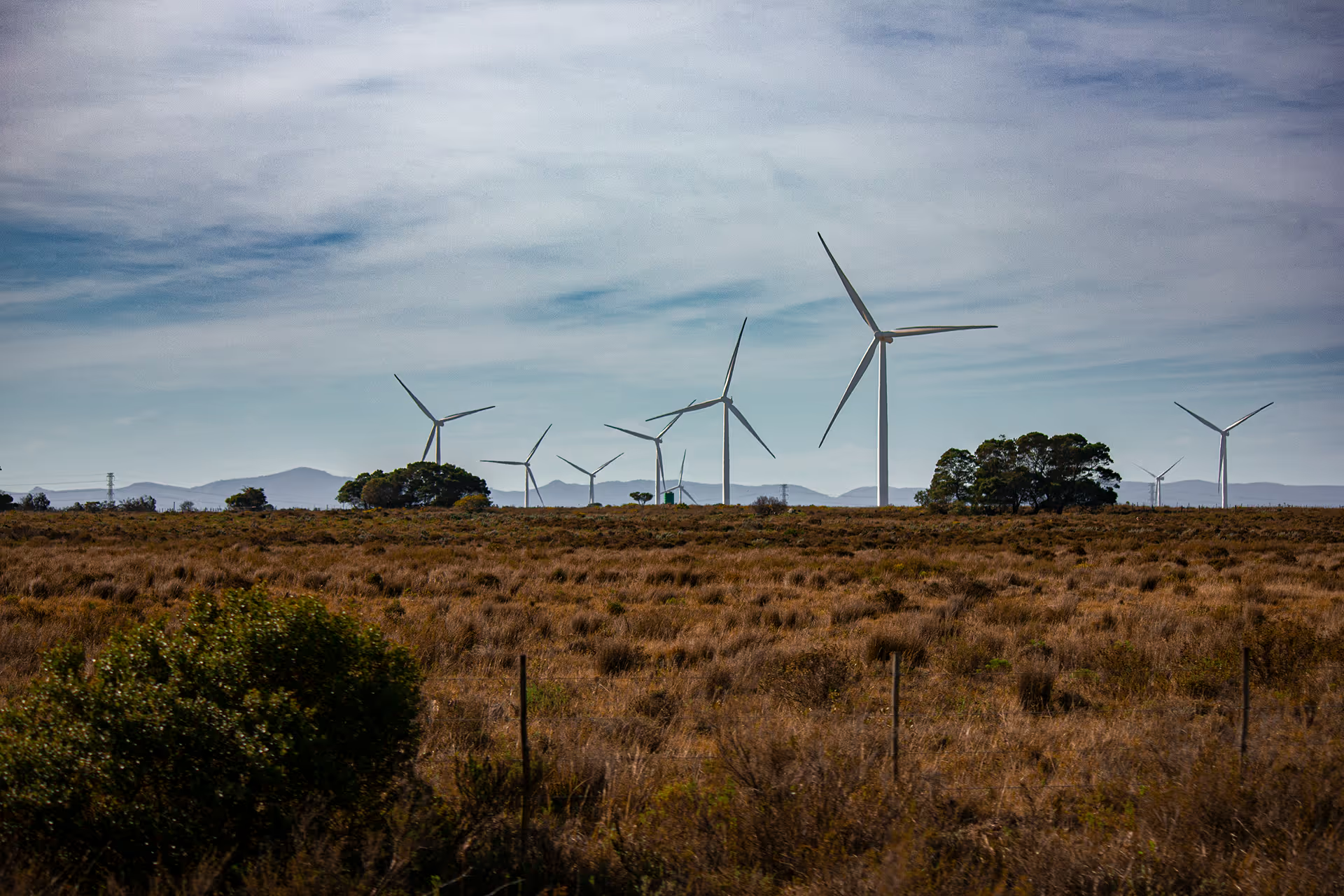
The Western Cape has announced plans to build as much as 750MW of clean generation capacity by 2025 under the Western Cape Energy Resilience Programme, and to increase this to over 6000MW by 2035. Obviously, such ambitious plans must be coordinated properly with ESKOM because the flurry of new build projects has created some capacity that cannot be fed into the grid due to insufficient specifications or a lack of power lines.
In Kwazulu Natal, the city of Durban has announced a 324 billion Rand plan to build solar and natural gas power stations.
The Northern Cape has announced plans to train skilled workers and negotiate new partnerships with renewable companies.
In March 2023, President Ramaphosa appointed an electricity czar to coordinate all the efforts to bring load shedding to an end. Electricity minister Kgosientsho Ramokgopa has announced that his immediate priority is improving the energy availability factor (EAF) of ESKOM’s eighty-one coal units. In 2025, Ramokgopa announced that a clear majority of the ESKOM coal power stations were achieving at least 70% EAF in almost a decade.
ESKOM is purchasing replacement parts for some coal units, and has called on government to waive the requirement for flue gas desulfurisation systems in some units to quickly bring them back online. This is a controversial move. Although many desperate South Africans just want reliable, uninterrupted lights back on now, today, removing flue gas desulfurisation systems means dumping more CO2 and methane in the atmosphere. It goes without saying that people are going to die from this, especially those who live in close proximity to some power plants.
Koeberg, Africa’s lone nuclear power plant that supplies 5% of South Africa’s power, has always had a reputation for reliability. It has a total nameplate capacity of 1940MW megawatts and is vital to keeping the lights on. Unfortunately, April 15, 2023, Koeberg Unit 2 tripped, sending South Africa into Stage 6 load shedding. Koeberg will certainly add to Minister Ramokgopa’s sleepless night.
The international Just Energy Transition Partnership
The world is warming rapidly and to avoid the adverse effects of climate change spiralling out of control, we need to significantly scale our emissions. Now, according to the Intergovernmental Panel on Climate Change, limiting global heating to 1.5 or 2 degrees relative to preindustrial levels involves rapid, deep and in some cases, immediate greenhouse gas emission reductions.
As part of COP26 negotiations, South Africa signed a Just Energy Transition Partnership (JET P) with a group of countries, i.e. Germany, France, the United Kingdom, the United States, and the European Union to support South Africa's phase-out of coal. This was one of the most notable outcomes of COP26.
Through the JET P, South Africa will receive over US$10.5 billion to accelerate its just energy transition plans. New US President Donald Trump has announced that the US is pulling out of South Africa’s JETP, which jeopardises the programme’s implementation.
Another potentially destabilising factor in JETP projects is that they come in the form of loans. What African countries need is grants, not loans. The countries that have suffered the most severe impacts of climate change cannot be further punished with crippling colonial-style loans.
Within its Nationally Determined Contribution (NDC) calculations, South Africa has revised its 2030 mitigation target range downwards from 398-614 Mt CO2-eq to a range of 350-420 Mt CO2-eq. This ambitious target cannot be achieved without decarbonising ESKOM.
South Africa has earmarked Komati’s old coal station as the key locus of this project. The JET P money shall be used to set up a reskilling centre for energy sector workers as well as initiatives to boost small economies that were built around the presence of the coalmine in the town - in addition to two hundred megawatts of solar power. You can see why there has been some uproar following Electricity minister Kgosientsho Ramokgopa’s decision to refurbish old coal power plants, import fifteen year old second-hand generators from the Netherlands and apply for a waiver on flue gas desulfurisation systems to end the energy crisis right now, decisions that will cause and lock in massive CO2 dumps in the atmosphere. Nevertheless, at the same time, several things are also true:
- Trade unions are fully behind Energy Minister Gwede Mantashe’s push to hold on to the core of South Africa’s coal fleet for the next three decades and possibly beyond. The thought of losing their jobs is both frightening and paralysing, and this of course is understandable. Their first instinct is to secure what they already have;
- Businesses in towns where there are coal-fired power plants are not keen on the JET P either. They are afraid to lose their sources of income;
- There are numerous conspiracy theorists muddying the waters and claiming that JETPs are being pushed by Global North leaders who are working within a covert framework to destroy African economies.
The coal and allied sectors employ up to one hundred and twenty thousand people. The energy, auto and metals sector employs a further one million people. That is a formidable political block. If they are pushed too hard and too quickly into adopting green energy, that could backfire. It would alienate many working families. Remember that the just in just transition requires the decarbonisation process to be fair, just and patient. Therefore, the just transition really has to be, well, just! We need to speak our truth loudly and clearly but also, and this is very important, patiently.
Green energy sources are currently saving South Africa from total blackout. They are getting cheaper every day and South Africa’s international partners are adopting tough measures to switch their economies to low carbon or carbon neutral paradigms in the medium term. Well, some like China continue to install a record number of coal-fired generation capacity (China has installed over 200GW of new coal capacity since 2019) and that is why people like Mantashe are right to call out those who are fixated on South Africa while massive polluters are left to do their thing they way they like.
Perhaps it is also important to say that the loadshedding crisis has inadvertently accelerated the adoption of solar and wind in South Africa. Prior to 2021, many people were not interested in discussing solar and wind as serious alternatives to coal. That all changed with uninterrupted loadshedding and thousands of South Africans have installed rooftop PV systems at unprecedented rates.
South African households have installed at least 6000MW of rooftop PV and wind capacity since 2020. When the construction of the over 100 IPP projects that have been awarded in the risk mitigation and renewable energy independent power producer procurement programmes are completed over the next years, South Africa shall have at least 20,000MW of renewable energy capacity. That is a remarkable transformation. Inch by inch, South Africa is getting closer to where it needs to be.
There has been a lot of talk about building a hydrogen value chain to sell green ammonia to Germany and the rest of the Global North. The calculus is that South African homes and vendors will be able to produce a lot of green energy and so, hydrogen electrolysers represent the most sensible way to consume all the energy that is not used elsewhere. One needs to question however, the benefits of producing hydrogen if most of it is going to be exported to Europe. What are the benefits for the South African people?
Conclusion
Electricity has a developmental purpose and regardless of how dirty they are, ESKOM’s 81 coal units play a critical role in South Africa’s development. Workers rely on them for jobs as well as to take care of their families. Load shedding has had a devastating impact on the South African economy with the poor bearing the brunt of the power outages and disruptions. However, the power challenges have also helped to accelerate South Africa’s renewable energy push. It is all hands on deck as many different stakeholders rush to build new green power generation capacity and that is something we must recognise and quietly celebrate.
On a broader, multilateral level, the countries that are genuinely concerned about South Africa’s CO2 emissions and would like to help decarbonise the economy should help transfer the skills, technology and money that South Africa needs right now to keep the lights on. Recently, when US Treasury Secretary Janet Yellen visited South Africa, she called on philanthropists to help the country get a cleaner power fleet. Asking philanthropists is taking the easy way out, really. What the Global South needs is for the countries that have played the biggest role in creating the dangerous levels of CO2 that are trapped in the atmosphere right now to invest in adaptation and mitigation projects.


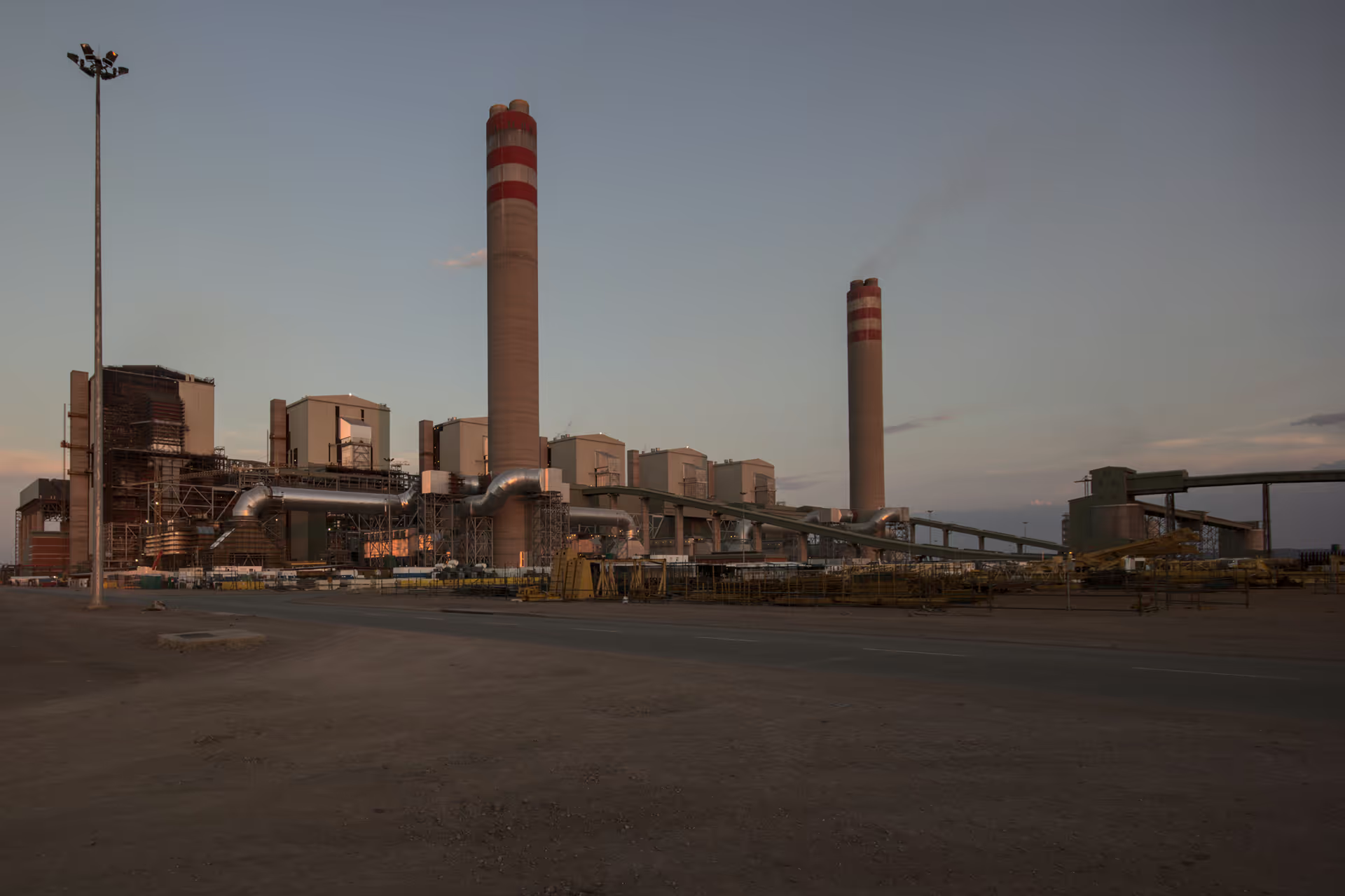
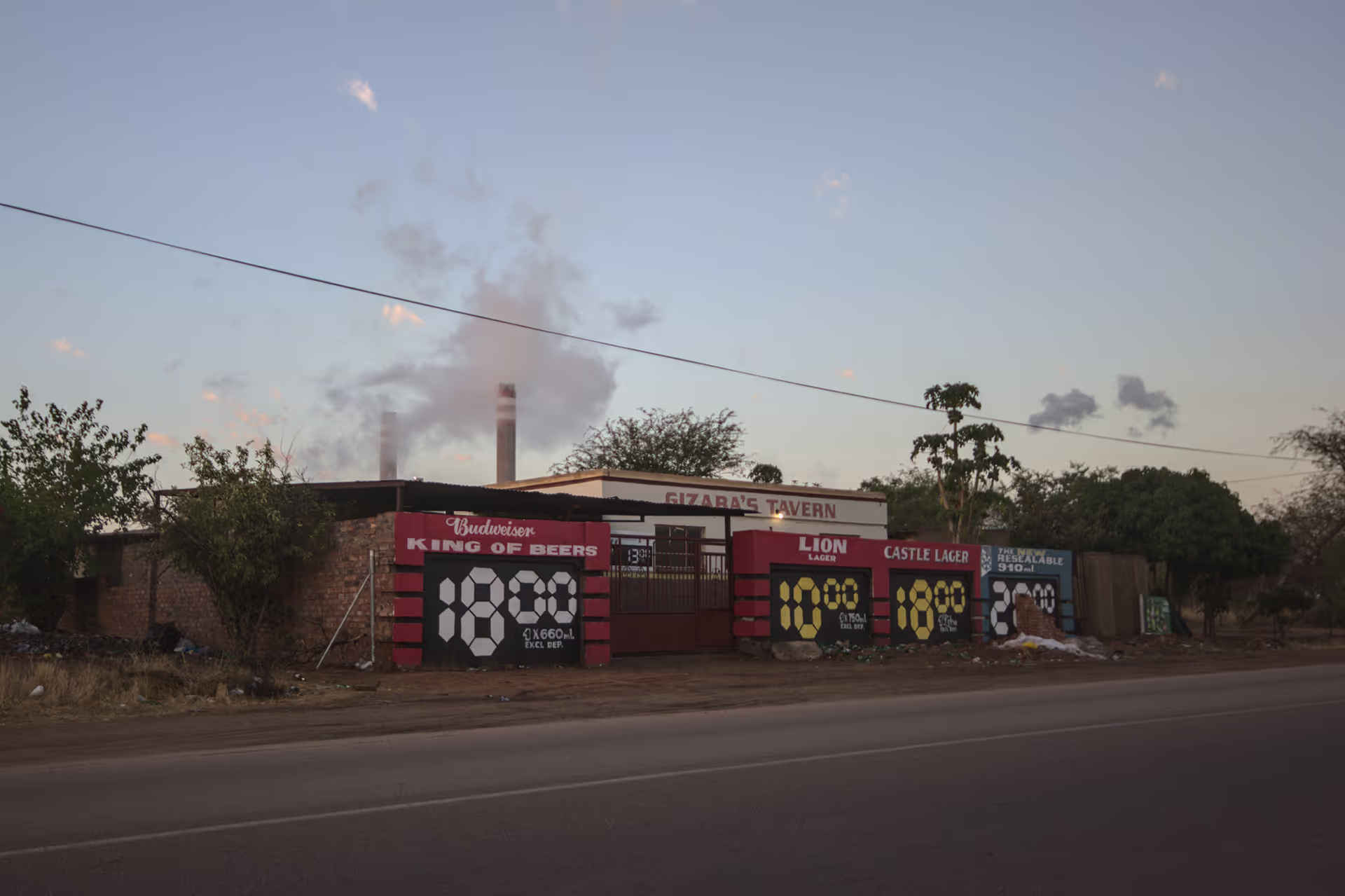

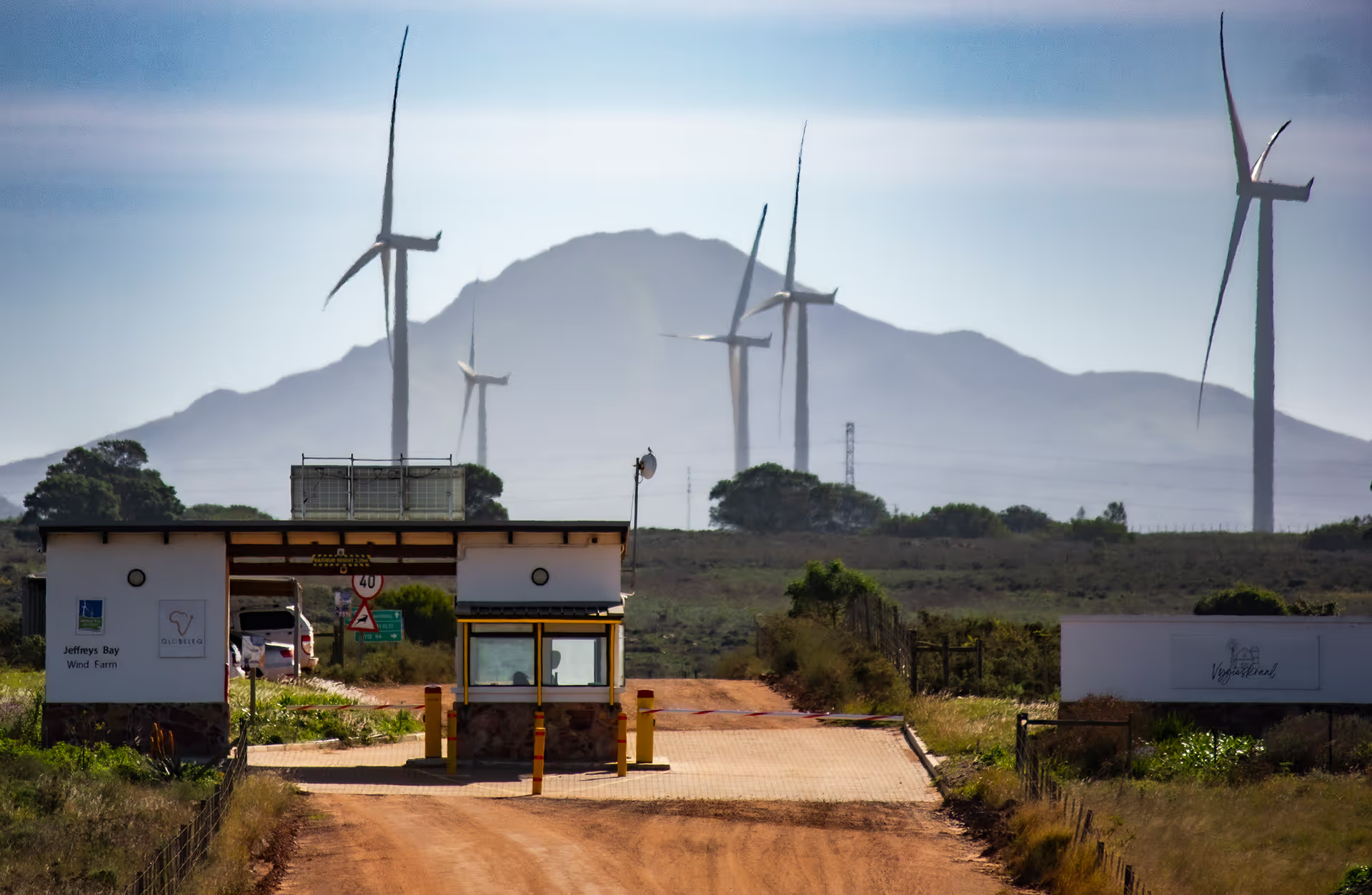
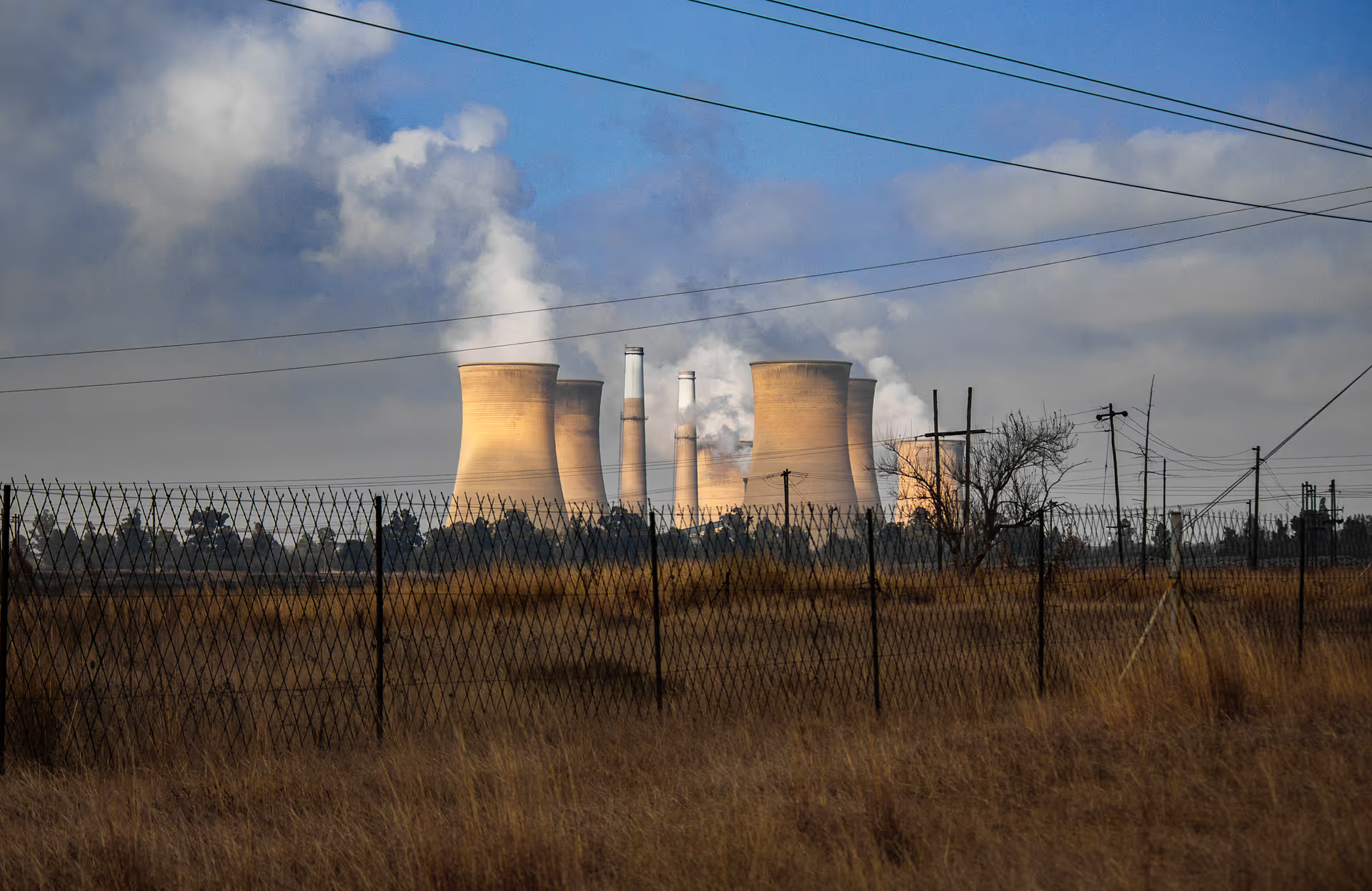
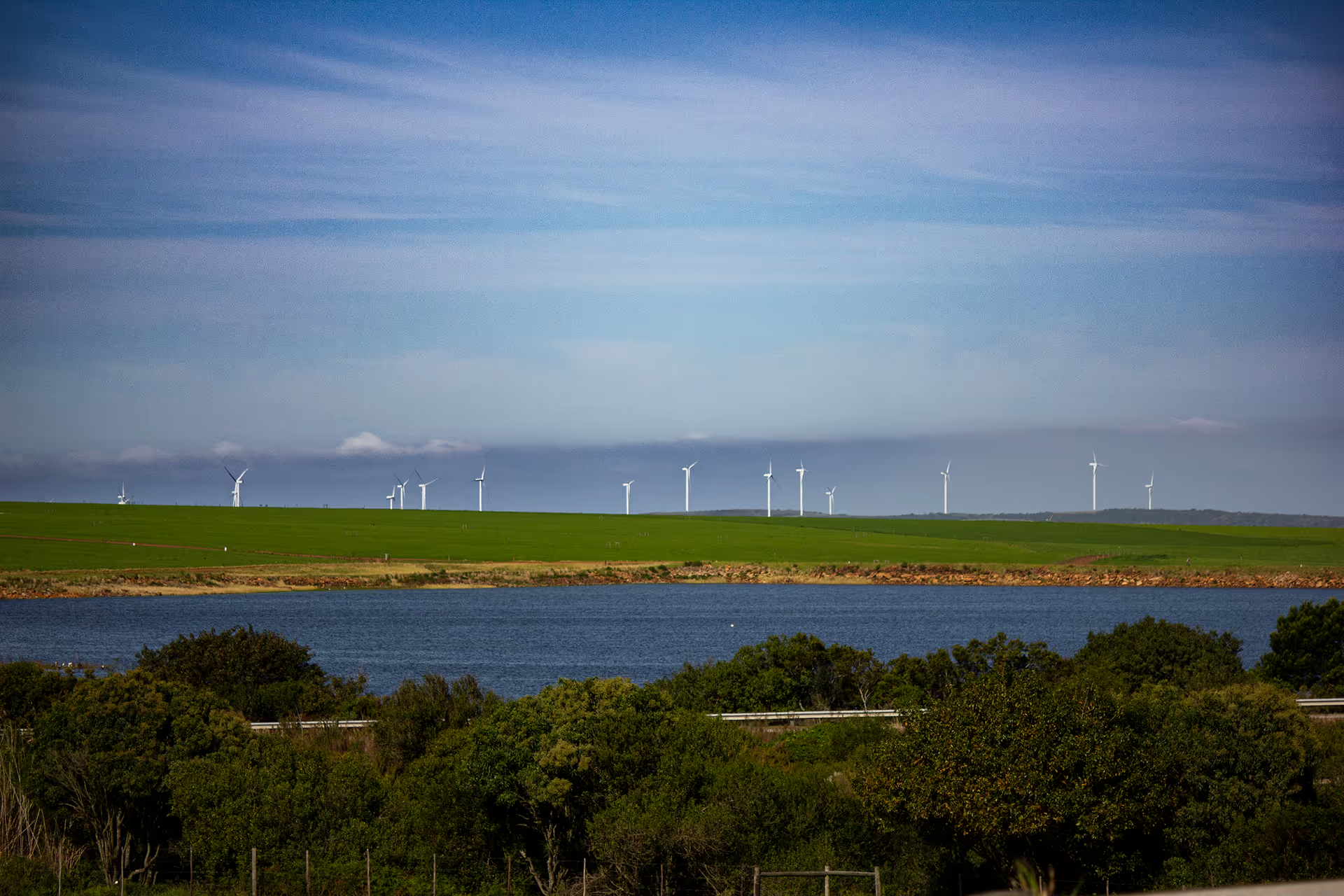
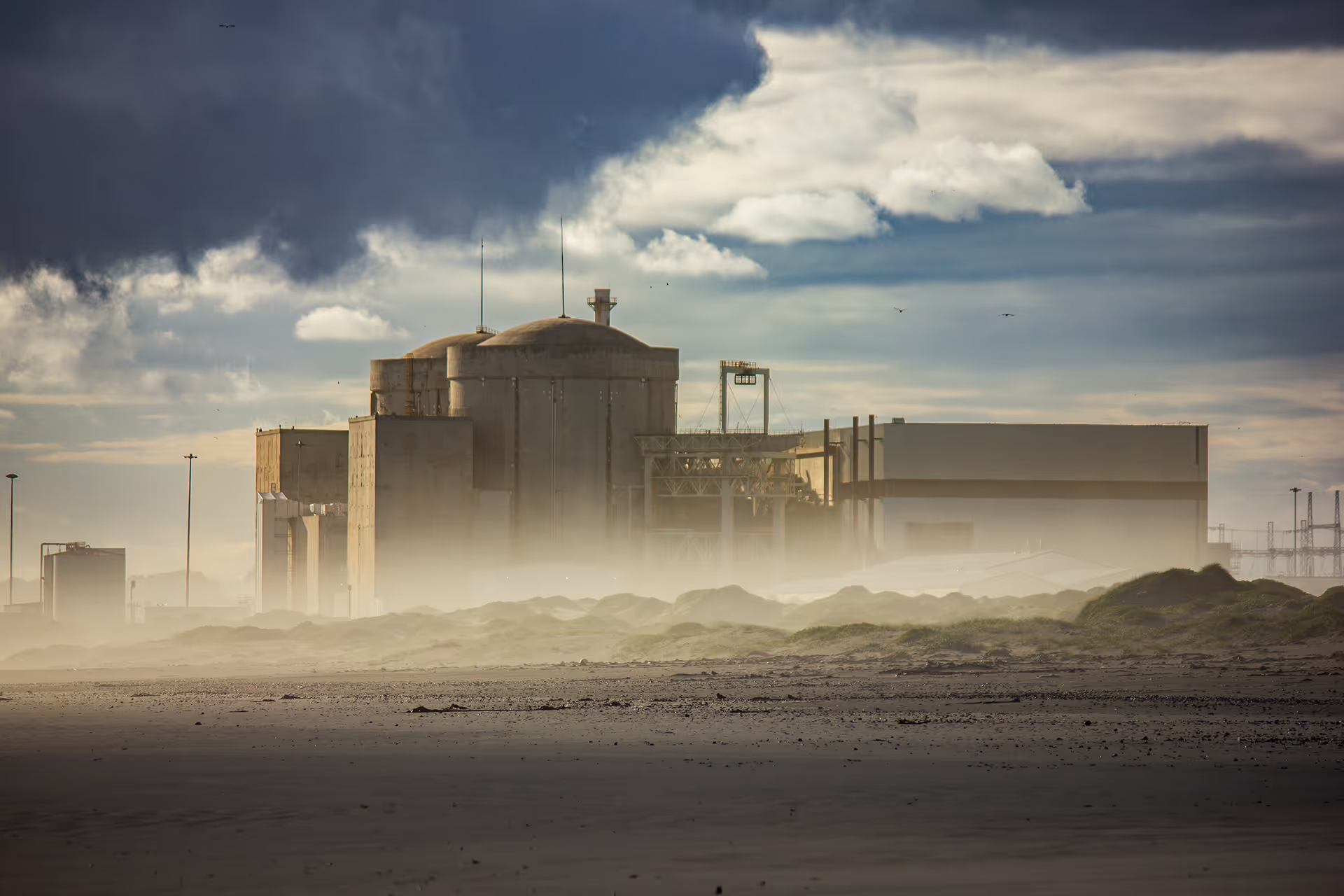
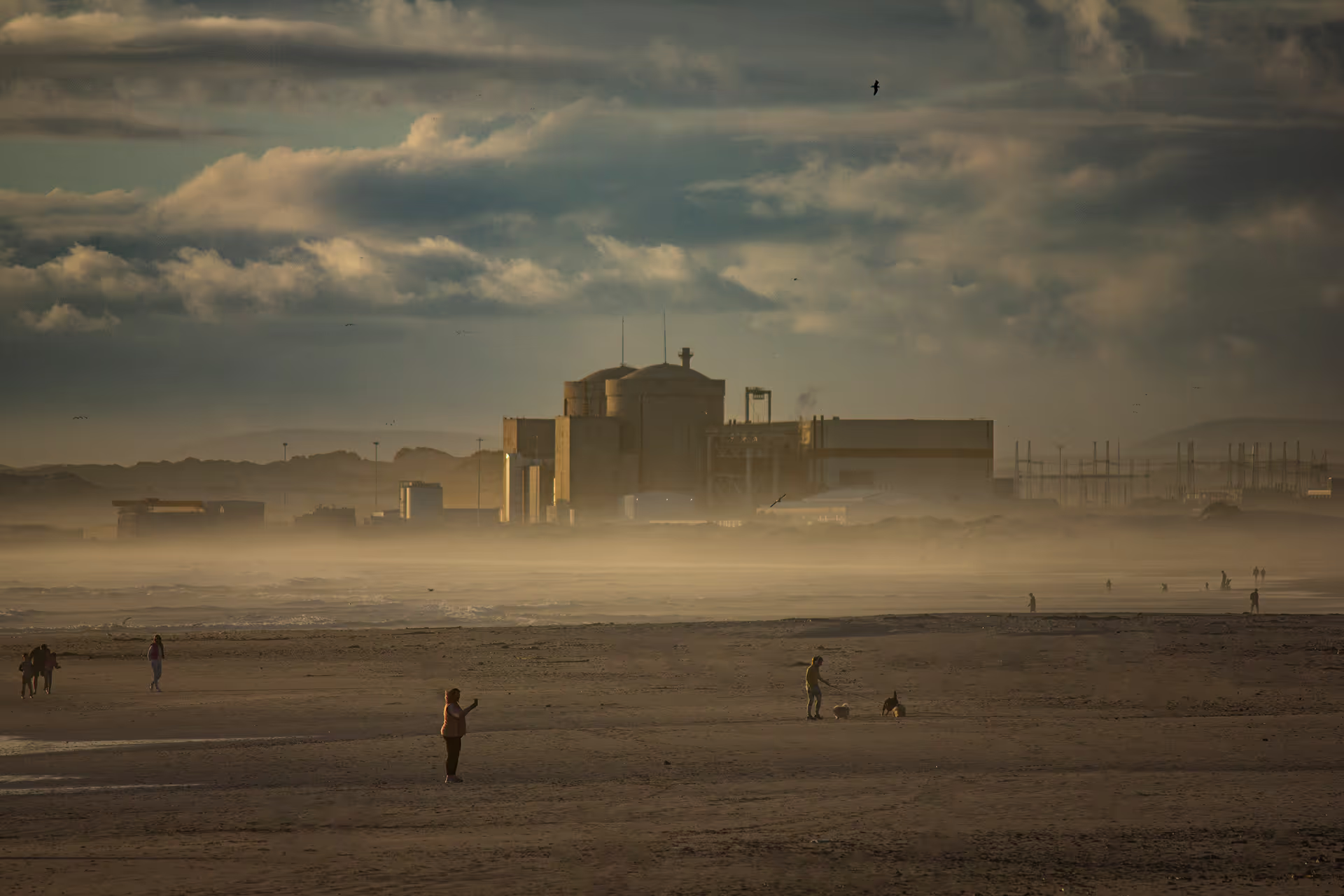


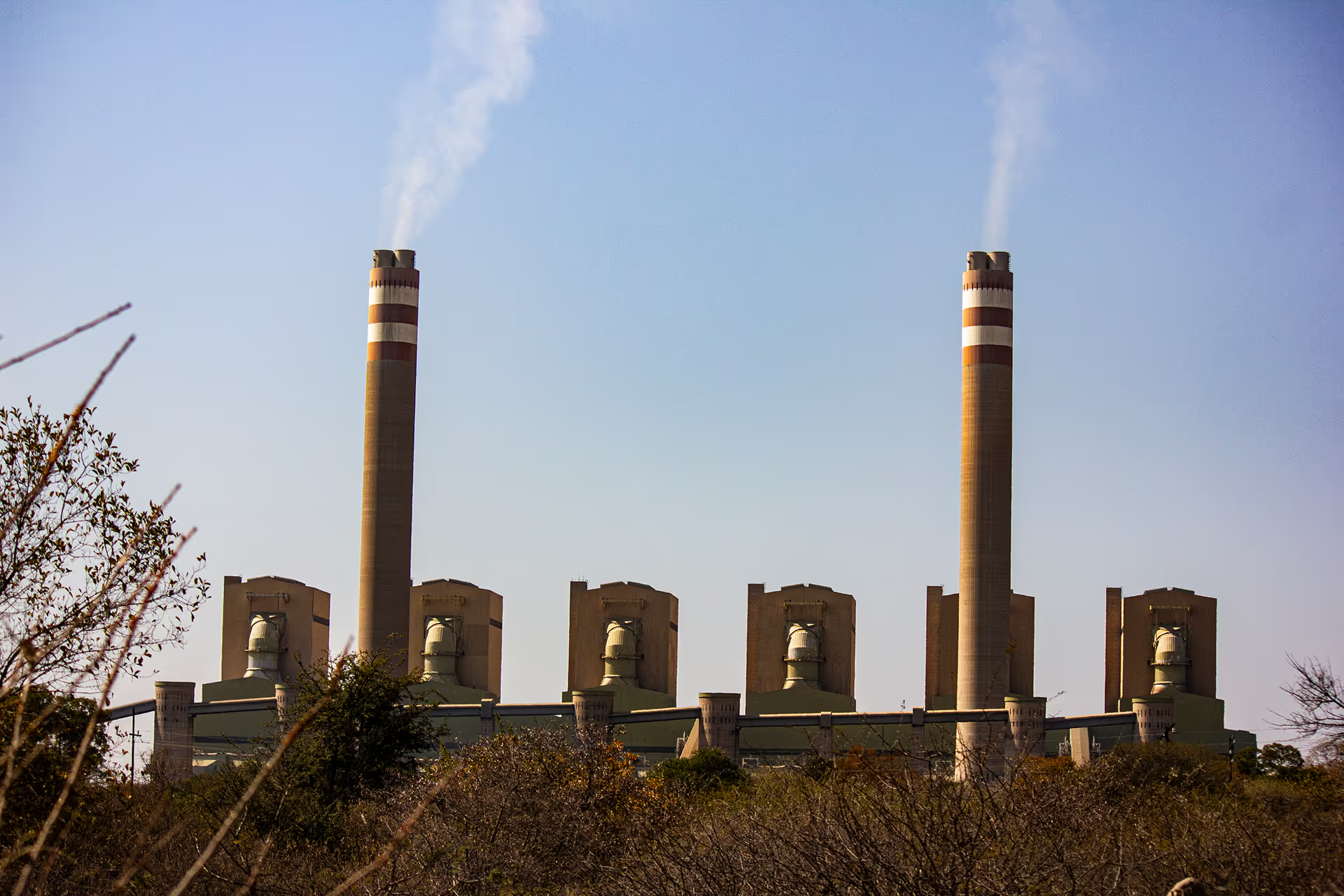
.png)

